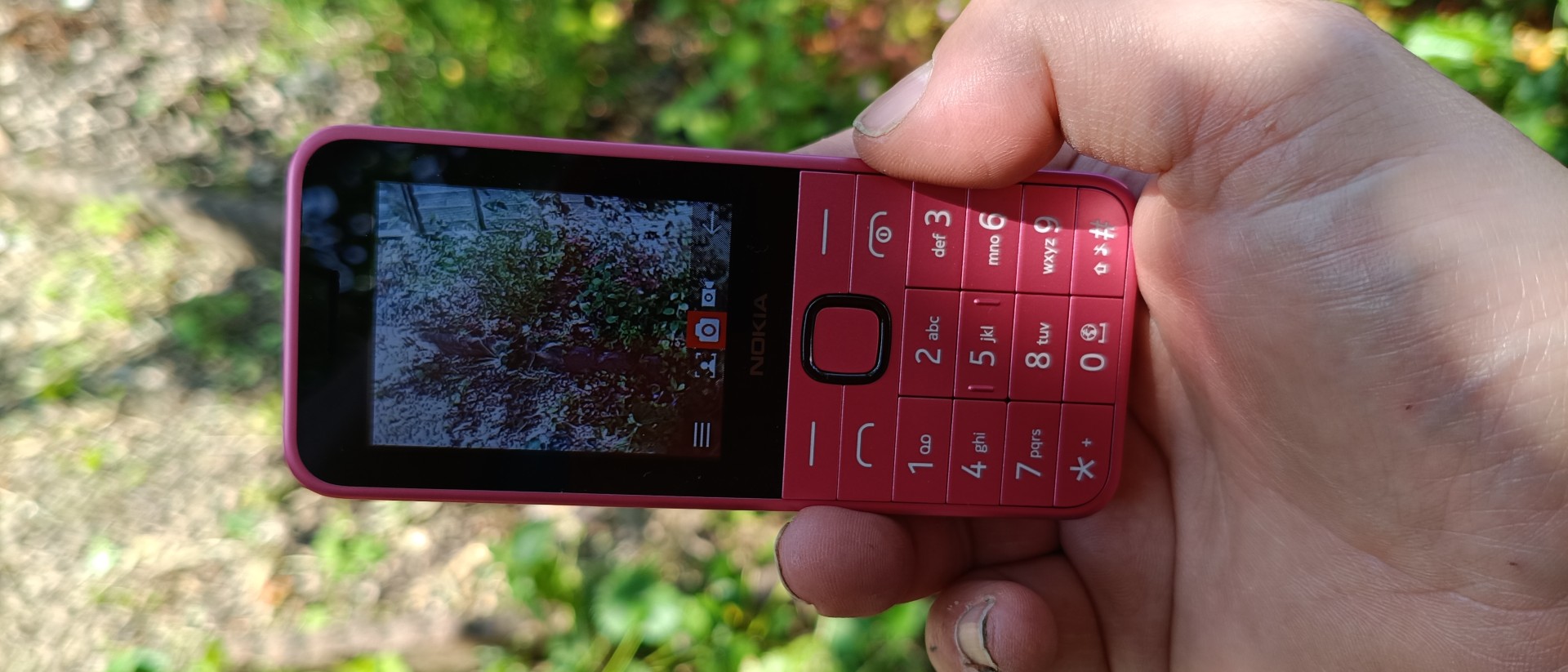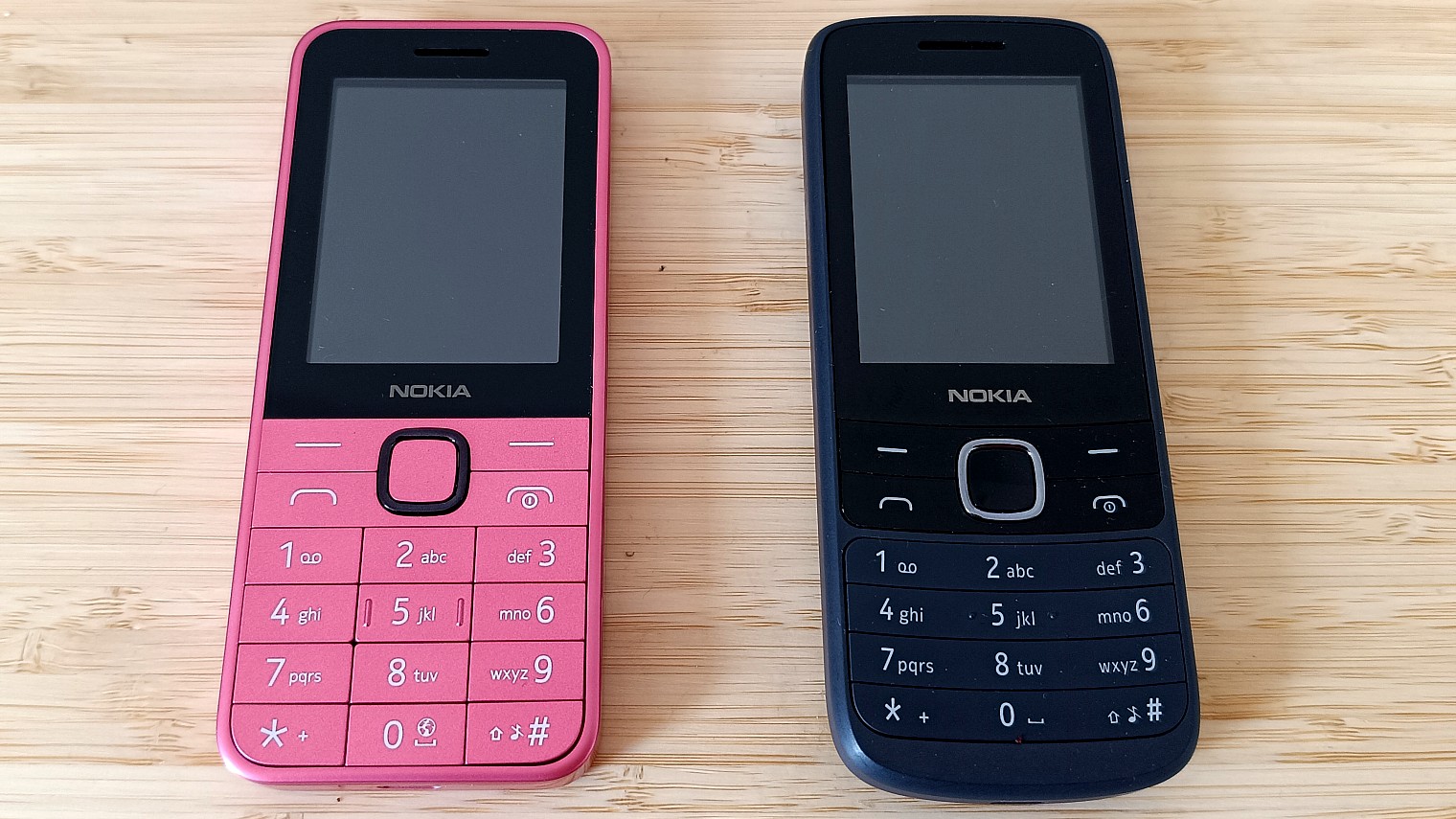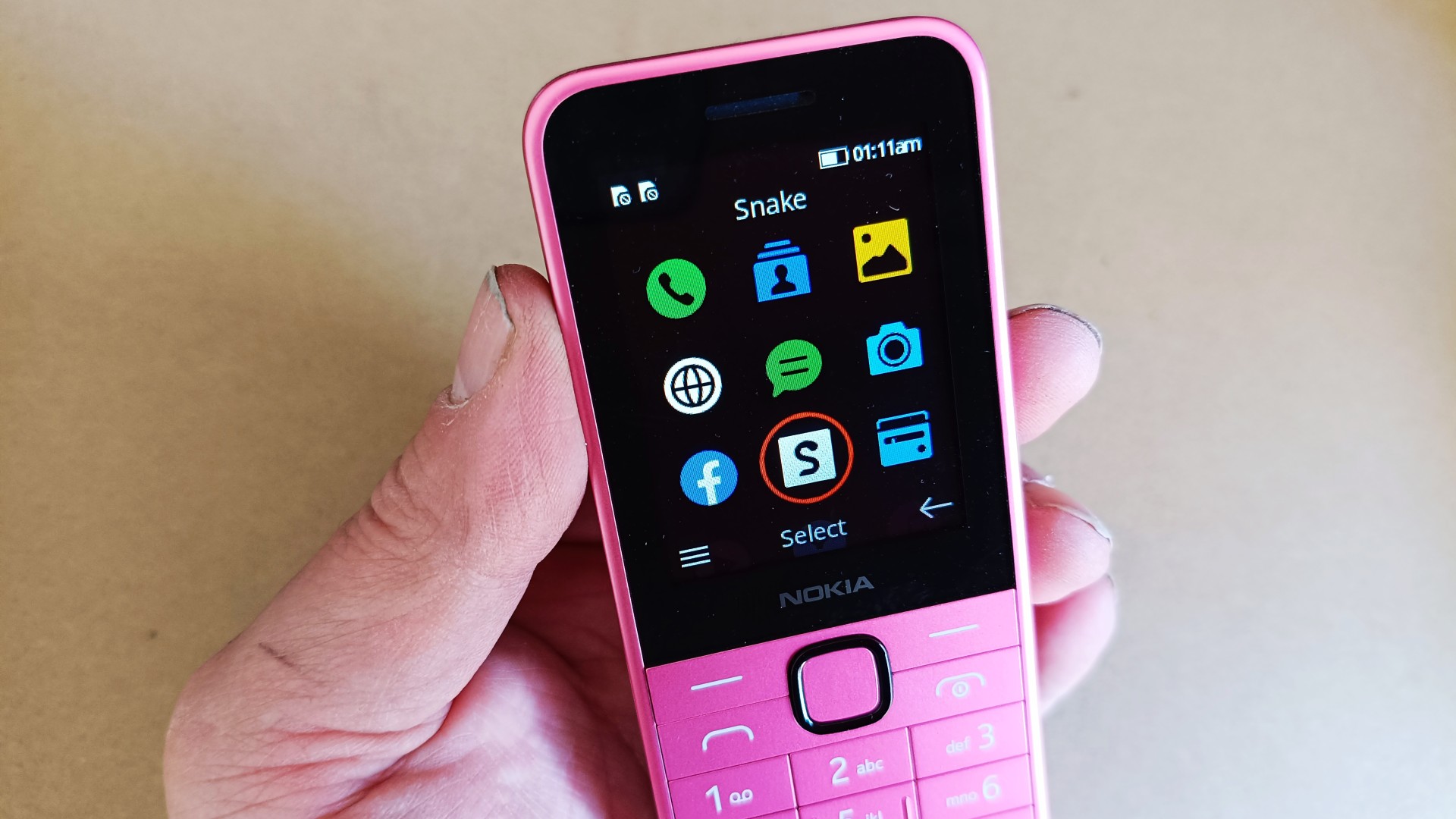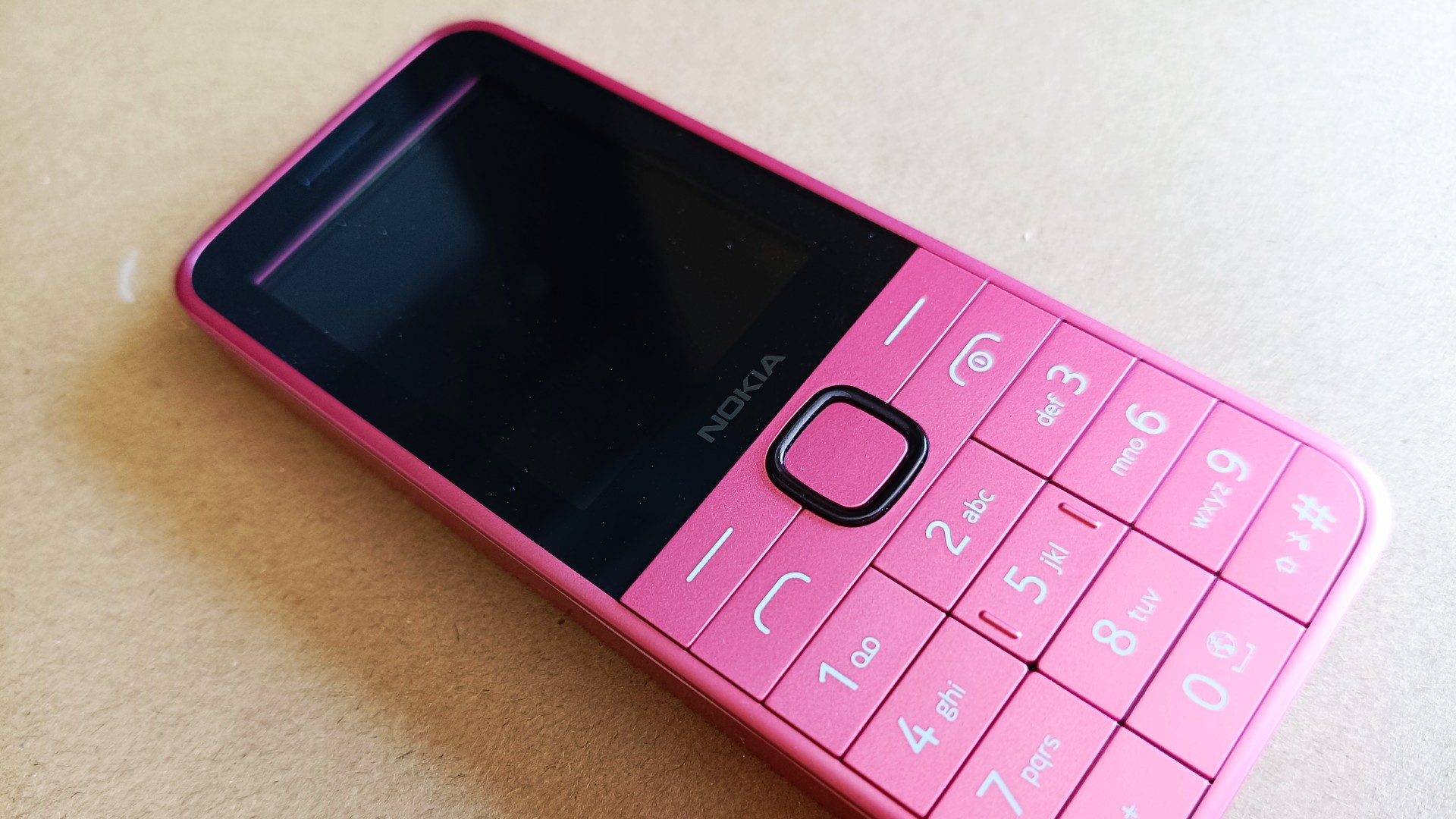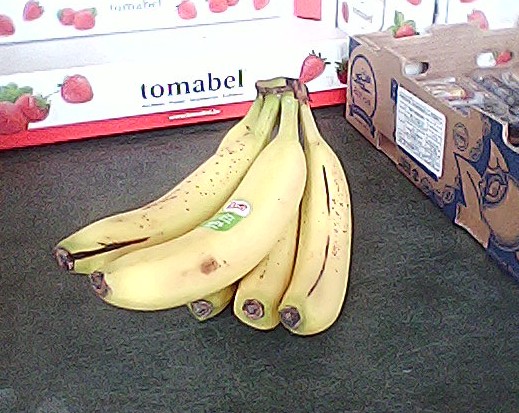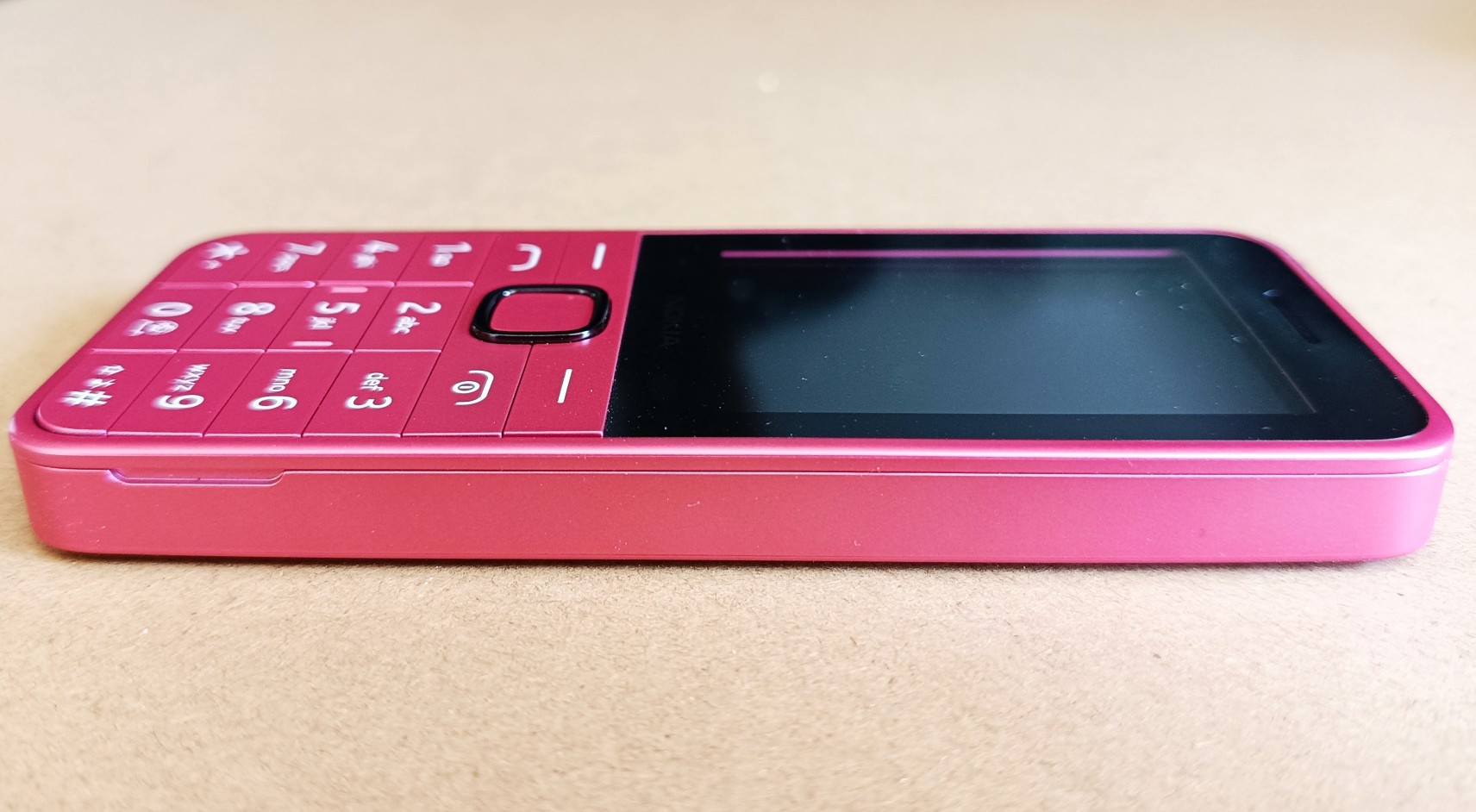Digital Camera World Verdict
The Nokia 225 4G (2024) is a refined feature phone that addresses several limitations of its 2020 predecessor. With a substantially larger battery, modern USB-C charging, and the new Cloud Apps portal, it offers enhanced functionality while maintaining the simplicity that made the original popular. The improvements justify the higher price for most users.
Pros
- +
Significantly improved battery life (1450mAh vs 1150mAh)
- +
Modern USB-C charging port
- +
New Cloud Apps portal with news, weather, and YouTube Shorts
- +
Same reliable build quality and durability
- +
Enhanced storage (128MB)
- +
Better RAM allocation (64MB)
Cons
- -
Still lacks Wi-Fi connectivity
- -
Pricier than the 2020 model
- -
0.3MP camera very limited
- -
Group messaging issues persist
Why you can trust Digital Camera World
It's not long since I reviewed the Nokia 225 4G (2020); a dumbphone which, on balance, I ended up really liking. So I was keen to try out its 2024 predecessor and find out how much Nokia has improved on it.
The short version is that Nokia 225 4G (2024) represents a thoughtful evolution of this model, addressing some key pain points while maintaining the core simplicity that made its predecessor appealing.
The most significant improvement is the battery upgrade from 1150mAh to 1450mAh: a substantial 26% increase. Combined with the switch from micro-USB to USB-C charging, these changes bring the phone more in line with modern expectations while preserving its fundamental character as one of the best dumbphones.
Perhaps most importantly, the 2024 model introduces the Cloud Apps portal, which brings news, weather updates, and even YouTube Shorts to the device. This represents a major step forward in functionality compared to the 2020 version, which relied solely on basic web browsing for online content.
In short, I found the Nokia 225 4G (2024) to be everything the original was, but better. The familiar T9 keypad and straightforward interface remain unchanged, but the enhanced battery life and new content options make it significantly more useful as both a primary phone for digital detoxers and a reliable backup device.
Now let's dive into some of the detail...
Nokia 225 4G (2024): Specifications
Screen | 2.4-inch TFT LCD (240 x 320 pixels) |
Storage | 128MB |
RAM | 64MB |
Camera | 0.3MP VGA |
Operating system | Nokia Series 30+ |
Connectivity | 4G LTE, Bluetooth 5.0, USB-C |
Battery | 1450mAh removable |
Dimensions | 121.5 x 52 x 11.63mm |
Weight | 90g |
Nokia 225 4G (2024): Pricing and availability
The Nokia 225 4G (2024) retails for around $59 / £54, representing a modest price increase over the 2020 model's $45 / £37.50. This makes it slightly more expensive than its predecessor, and an expensive choice as a burner phone, but the improvements – particularly the battery upgrade and Cloud Apps functionality – provide tangible value for the extra cost.
The best camera deals, reviews, product advice, and unmissable photography news, direct to your inbox!
Nokia 225 4G (2024): Build and handling
The Nokia 225 4G (2024) has the same lightweight, durable plastic construction as its predecessor, but with subtle refinements. The dimensions have changed slightly to 121.5 x 52 x 11.63mm compared to the 2020 model's 124.7 x 51 x 13.7mm – making it marginally shorter and wider but slightly thinner. The weight remains similar at around 90g, preserving that "almost too light" feeling.
One immediately noticeable change, though, is the switch from micro-USB to USB-C charging. This brings the phone in line with modern standards and eliminates the frustration of hunting for the right cable. The port feels solid and well-integrated into the design.
The familiar T9 keypad remains unchanged, offering the same satisfying tactile feedback that made the 2020 model pleasant to use. The 2.4-inch display is identical, too, still providing adequate visibility for the phone's basic functions while remaining readable in most lighting conditions.
The removable back panel continues to provide easy access to the battery, dual SIM slots, and microSD card slot; a feature that feels increasingly premium as modern smartphones move away from user-replaceable components. The polycarbonate shell maintains Nokia's reputation for durability, designed to withstand the everyday knocks that would worry flagship smartphone users.
One area that sadly remains unchanged is the lack of a hardware volume rocker, which still requires menu-based volume adjustment during calls. The 3.5mm headphone jack returns, and the built-in speaker maintains the same surprisingly loud output for such a compact device.
Nokia 225 4G (2024): Performance
The Nokia 225 4G (2024) delivers the same reliable call quality as its predecessor, with clear audio and HD Voice support on compatible networks. The new Unisoc T107 processor, meanwhile, provides adequate (though not spectacular) performance for the phone's basic functions.
One real performance improvement, though, comes from the enhanced battery life. The 1450mAh battery represents a significant upgrade from the 2020 model's 1150mAh, translating to longer talk time and extended standby periods. In my testing, this meant genuinely multi-day usage even with regular calling and the occasional use of Cloud Apps features.
Oh yeah, did I not mention the Cloud Apps? This is the biggest functional upgrade in the new phone, bringing together news, weather updates and YouTube Shorts in a single, easy-to-navigate portal. While it won't excite anyone used to a smartphone, it's a game-changer compared to the 2020 model's much clunkier web browser experience. The content loads reasonably quickly over 4G and is formatted appropriately for the small screen too.
The enhanced storage specification – 128MB internal storage with 64MB RAM – provides better performance than the basic configuration of the 2020 model, though the differences are subtle in everyday use. The music player, FM radio, and classic games (including Snake) perform identically to the earlier version.
The phone still lacks Wi-Fi and mobile hotspot functionality, maintaining the same limitations as the 2020 model. However, the improved 4G integration does make the available data connectivity feel more responsive, at least.
Nokia 225 4G (2024): Photography
This dumbphone does have a camera, but only just. The system remains based on the same 0.3MP VGA sensor as the 2020 model, producing identically grainy, low-resolution images reminiscent of early 2000s camera phones. Image quality is, then, unchanged – heavily saturated with limited detail, suitable only for basic reference shots, nostalgia or offbeat art projects.
Similarly, the camera continues to perform adequately for photographing text, such as bus timetables or notices. While the results are still only just readable when zoomed in, they serve their purpose for quick reference captures. Video recording capability remains equally basic and low-resolution.
Sharing options are identical to the 2020 model, with Bluetooth being the most reliable method for transferring images, as MMS remains clunky and unreliable.
Nokia 225 4G (2024): Verdict
The Nokia 225 4G (2024) successfully improves upon the 2020 model in a small number of meaningful ways. Most importantly, the larger 1450mAh battery addresses one of the main limitations of the earlier model, while the USB-C port brings modern convenience. Plus the Cloud Apps portal transforms the phone's internet capabilities, making it genuinely useful for staying informed without the distractions of a full smartphone.
The price increase over the 2020 model is reasonable given these improvements. While the camera remains basic and Wi-Fi is still absent, these limitations are consistent with the phone's positioning as a simple communication device.
So if you hadn't guessed, I'd recommend the 2024 model over its 2020 predecessor for anyone considering a Nokia 225 4G. It's no smartphone, but it remains an excellent choice for digital detox seekers, as a reliable backup phone, or for those who just prefer the simplicity of a feature phone.
The Nokia 225 4G (2024) proves that even basic devices can benefit from thoughtful evolution, delivering exactly what users wanted from the original while addressing its most significant limitations.
Tom May is a freelance writer and editor specializing in art, photography, design and travel. He has been editor of Professional Photography magazine, associate editor at Creative Bloq, and deputy editor at net magazine. He has also worked for a wide range of mainstream titles including The Sun, Radio Times, NME, T3, Heat, Company and Bella.
You must confirm your public display name before commenting
Please logout and then login again, you will then be prompted to enter your display name.
